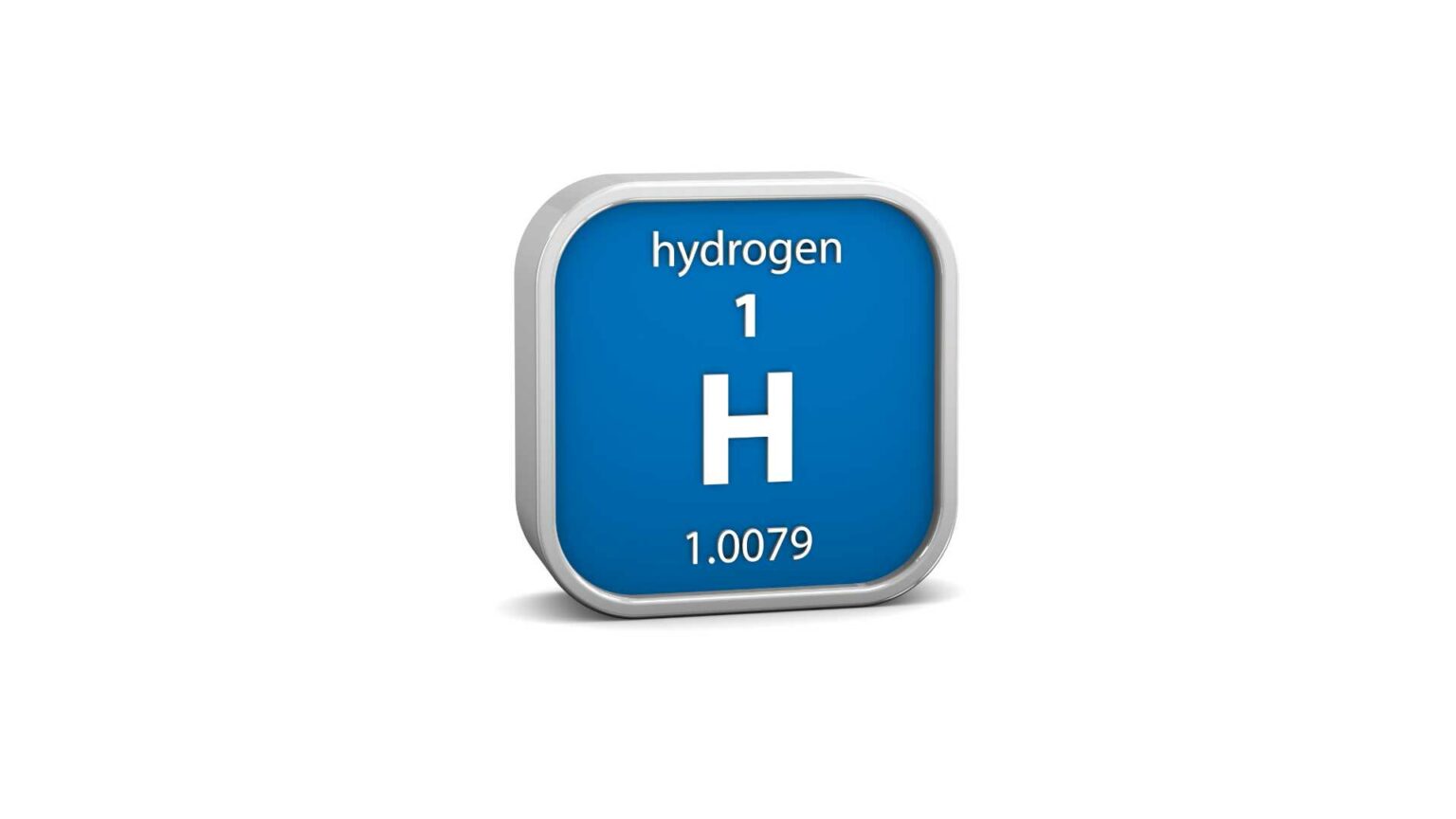A team of researchers led by Ralston Pinto, Fabian Welschinger, Nils Giesselmann, Holger Reinshagen, and Norbert H. Menzler has made strides in hydrogen energy technology with their latest study published in the International Journal of Hydrogen Energy.
The paper, titled “A Constitutive Model for Homogenized Solid Oxide Cell Contacts with Dimensional Tolerances,” delves into developing a new model that could potentially enhance the efficiency and durability of solid oxide cells (SOCs).
Relevance to the Hydrogen Industry
Solid oxide cells, integral to converting chemical energy into electrical energy, are recognized for their high efficiency and fuel flexibility within the hydrogen industry. However, a persistent challenge in their application has been managing and optimizing contact interfaces with dimensional variations. Addressing this challenge could significantly improve the performance and lifecycle of SOCs.
Main Findings
The study presents a constitutive model that homogenizes the contact interfaces in SOCs, considering dimensional tolerances. The model effectively addresses the mechanical and electrical aspects of the contact interfaces, ensuring a more robust and reliable performance under varying operational conditions.
Potential Applications
The findings of this research can be applied in several areas within the hydrogen energy sector:
1. Enhanced Fuel Cells: The model could be used to develop more efficient solid oxide fuel cells (SOFCs), which are crucial for stationary and mobile applications.
2. Energy Storage: The improved SOCs could enhance the efficiency and reliability of energy storage systems that rely on hydrogen.
3. Hydrogen Production: The advancements could also benefit electrolysis processes used for hydrogen production, leading to lower costs and higher efficiencies.
Technical Details and Methodologies
The researchers employed advanced computational methods to develop their constitutive model. The team could fine-tune the model to achieve optimal homogenization at contact points by simulating various dimensional tolerances and analyzing their impact on SOC performance.
Broader Implications
This research offers significant implications for the hydrogen industry. Beyond improving current technologies, the model could pave the way for new designs and innovations in SOCs and related systems. The ability to effectively manage dimensional tolerances is a crucial step towards more reliable and commercially viable hydrogen energy solutions.
Key Takeaways
1. The study presents a new constitutive model for SOC contacts that addresses dimensional tolerances.
2. The model enhances the performance and durability of SOCs, which is crucial for hydrogen energy technologies.
3. Potential applications include improved SOFCs, more efficient energy storage systems, and better hydrogen production processes.
4. The research holds promising implications for the hydrogen market, contributing to cost reductions and longer product lifetimes.
